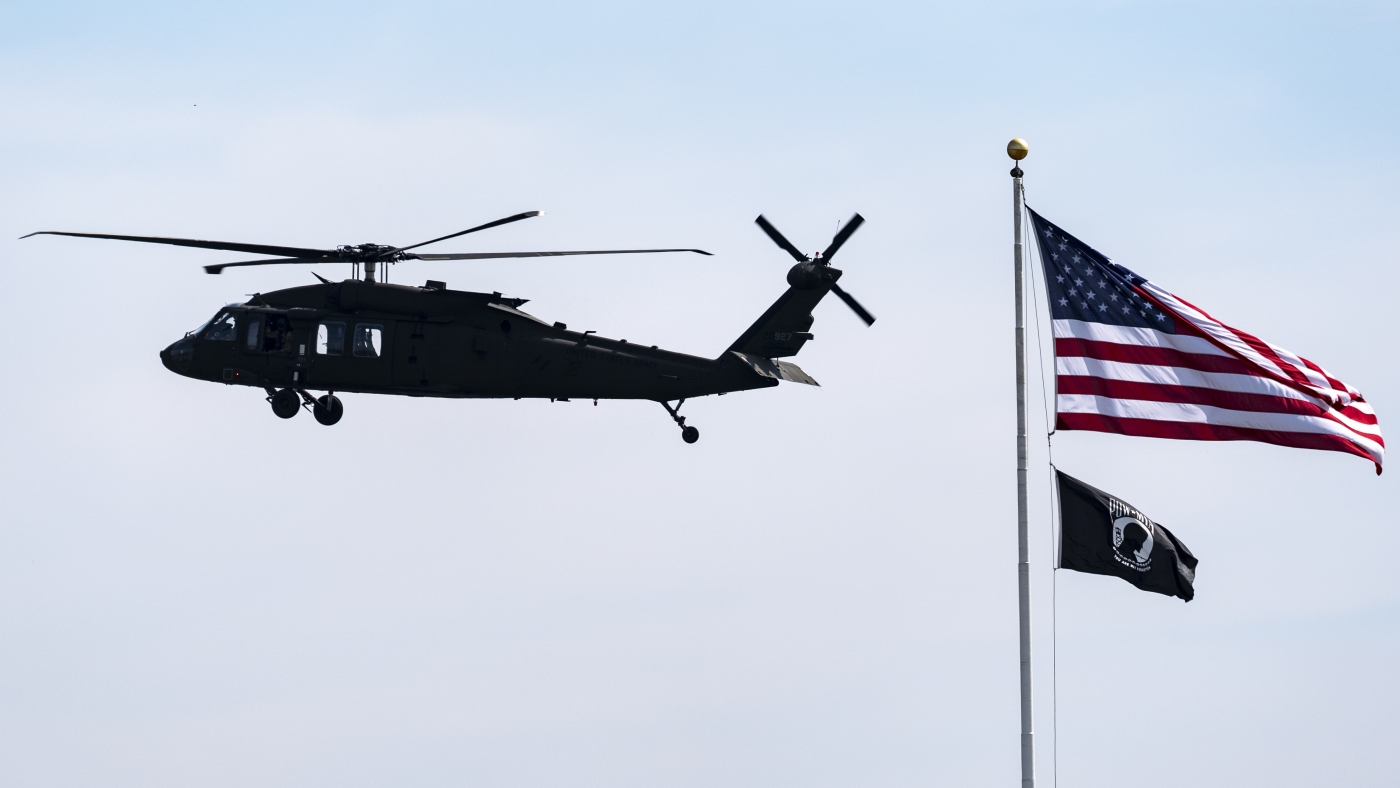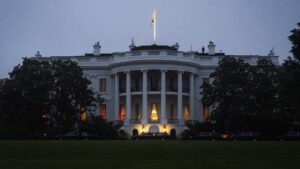
A Black Hawk helicopter approaches for landing at the Pentagon in July 2024.
Alex Brandon/AP
hide caption
toggle caption
Alex Brandon/AP
The communication channel that enabled direct contact between the Pentagon and the air traffic control at Ronald Reagan Washington National Airport has been inoperative since March 2022, according to a confirmation by a Federal Aviation Administration official.
This revelation emerged during a Senate Commerce Committee hearing, where Senator Ted Cruz, a Texas Republican, inquired about the tragic January incident involving a collision between an Army Black Hawk helicopter and an American Airlines regional jet. The crash, which occurred as the jet was approaching landing, resulted in 67 fatalities. More details on the crash can be found here.
FAA’s deputy chief operating officer, Franklin J. McIntosh, disclosed that the agency was unaware of the hotline’s dysfunction at the time of the accident.
“We were not aware, but we became aware after that event, and now that we became aware of that event we’re insisting upon that line to be fixed before we resume any operations out of the Pentagon,” McIntosh stated.
The FAA explained in a statement to NPR that the “dedicated, direct access line” to the Pentagon’s Army Heliport has been non-operational since 2022 due to the new tower construction at the Pentagon. Presently, communication between the two facilities is maintained via telephone.
The Army has not issued a comment regarding this situation.
Training flights by an Army unit within the National Capital Region, encompassing Washington, D.C., along with parts of Maryland and Virginia, ceased on May 5. This suspension occurred shortly after flights had resumed following the January crash. The halt came in the wake of two commercial planes having to abort landings at DCA on May 1, as an Army helicopter on a training mission inadvertently interfered with their flight paths. For more information, click here.
Margaret Wallace, an air traffic control professor at the Florida Institute of Technology, noted that hotlines to crucial offices, such as weather agencies, government buildings, and military facilities, are a common feature in air traffic control facilities.
“You just push a button, and it directly rings to that facility or that agency that they need to coordinate with,” Wallace explained.
Wallace, who has experience as a U.S. Air Force air traffic controller, emphasized the utility of hotlines in reaching individuals who are not on radio communications. “Maybe it’s the commander at an Air Force base. He’s not sitting there listening to radios, but it’s a direct line to him. Or a direct line to the White House,” she elaborated.
During Wednesday’s hearing, when Cruz inquired about the timeline for restoring the hotline, McIntosh expressed confidence that the Defense Department would “expedite that timeline so they can begin their operations.”
This article was originally written by www.npr.org







